Childhood (1903 - 1919)
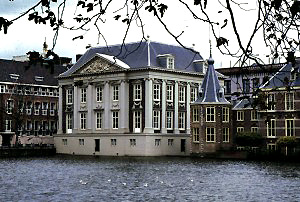
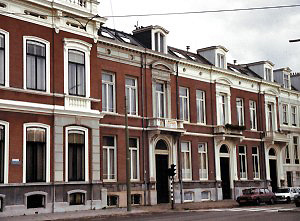
Baron Egon Arnold Alexis v. Vietinghoff was born 1903, on February 6, in The Hague, the capital of the Netherlands, some 43 minutes before midnight, in the house of his grandmother on Javastraat 28. His place of birth is of symbolic importance. The Dutch capital is the royal residence and seat of international organizations where peace conferences were held in 1899 and 1907. It stands for liberality, openness and cultural tradition.
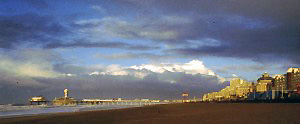 Scheveningen, the popular nearby sea resort, was and continues to be the meeting place of the high society into which Egon was born. Less than a mile as the crow flies from the house of his birth stands the well-known Mauritshuis, Royal Cabinet of Paintings, housing a world-famous collection of paintings of extraordinary quality, mostly of Dutch, Flemish and some German Old Masters: Bruegel, Rembrandt, Vermeer, Rubens, van Goyen, van der Weyden, van Dyck, Hals, and Holbein. They would later be his models and the objects of his studies.
Scheveningen, the popular nearby sea resort, was and continues to be the meeting place of the high society into which Egon was born. Less than a mile as the crow flies from the house of his birth stands the well-known Mauritshuis, Royal Cabinet of Paintings, housing a world-famous collection of paintings of extraordinary quality, mostly of Dutch, Flemish and some German Old Masters: Bruegel, Rembrandt, Vermeer, Rubens, van Goyen, van der Weyden, van Dyck, Hals, and Holbein. They would later be his models and the objects of his studies. 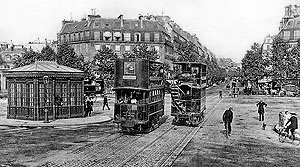 During the first years of his life, Egon grew up with Alexis, his younger brother, in Paris, France, where their parents had been previously residing in a modern apartment located in the 17th Arrondissement for a few years. His love for the fine arts was instilled in him from birth. His German-Baltic father, Conrad, was an outstanding pianist and his Belgian-Dutch mother Jeanne was a philosophical writer.
During the first years of his life, Egon grew up with Alexis, his younger brother, in Paris, France, where their parents had been previously residing in a modern apartment located in the 17th Arrondissement for a few years. His love for the fine arts was instilled in him from birth. His German-Baltic father, Conrad, was an outstanding pianist and his Belgian-Dutch mother Jeanne was a philosophical writer. They kept a house open to many artists and cultivated friendships with prominent people of their time incuding the Nobel Prize winners for literature, Romain Rolland and Maurice Maeterlinck, the writer Guy de Pourtalès, and the musicians Carl Schuricht and Pablo Casals, with whom Conrad von Vietinghoff played music and corresponded for more than 50 years.
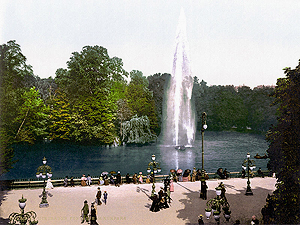
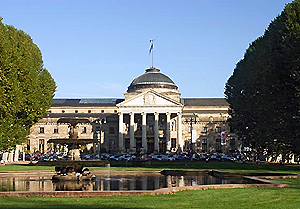
In 1907, the family moved to Germany and took up lodging in the Villa Violetta in Wiesbaden with a large garden. The villa was situated near to the central parks of this fashionable, booming town.
As they were citizens of the recently extinct Russian Empire, any international border crossing became a major bureaucratic undertaking. All four needed a visa for any entry, transit or return, be it for vacation or for visits of friends and their widely ramified family. They travelled to Livonia (belonging now to Latvia), Belgium, France, Italy, Switzerland, the Netherlands, and around Germany.
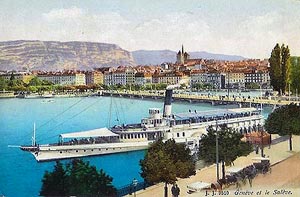 In November 1913, they moved to Switzerland and took up residence in Geneva due to the town's international flair, the conflicts looming in Europe, and the proximity of the mountains to improve Egon's health after suffering from what was thought to be tuberculosis.
In November 1913, they moved to Switzerland and took up residence in Geneva due to the town's international flair, the conflicts looming in Europe, and the proximity of the mountains to improve Egon's health after suffering from what was thought to be tuberculosis. It is here that they witnessed the outbreak of World War I. During a journey abroad, Egon's father actually left on the last departing train out of Holland to join his wife and children in Switzerland.
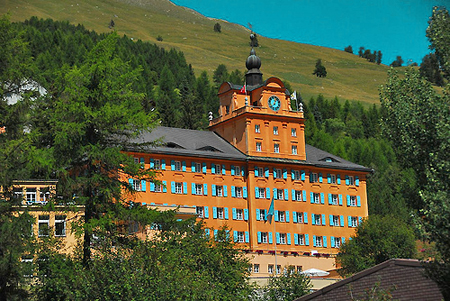
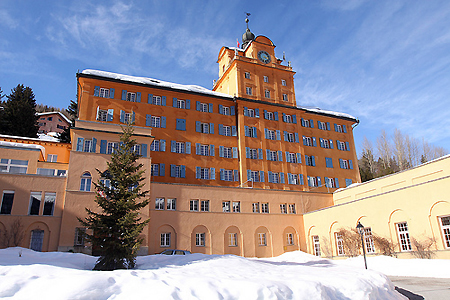
Tutored until then by house teachers and governesses, Egon now attended his 1st school establishment still a wellknown boarding school in Zuoz in the Swiss mountains. After his parents moved to Zurich, he attended classical secondary school there from 1917. Already at that time, Egon had made his first painting attempts; we do not know about their results. The sale of two of his pictures to a teacher may have encouraged him. However, at the age of 16, even before graduating, Egon left school with the strong desire to start a career as an artist and the intention to persue it wholeheartedly.
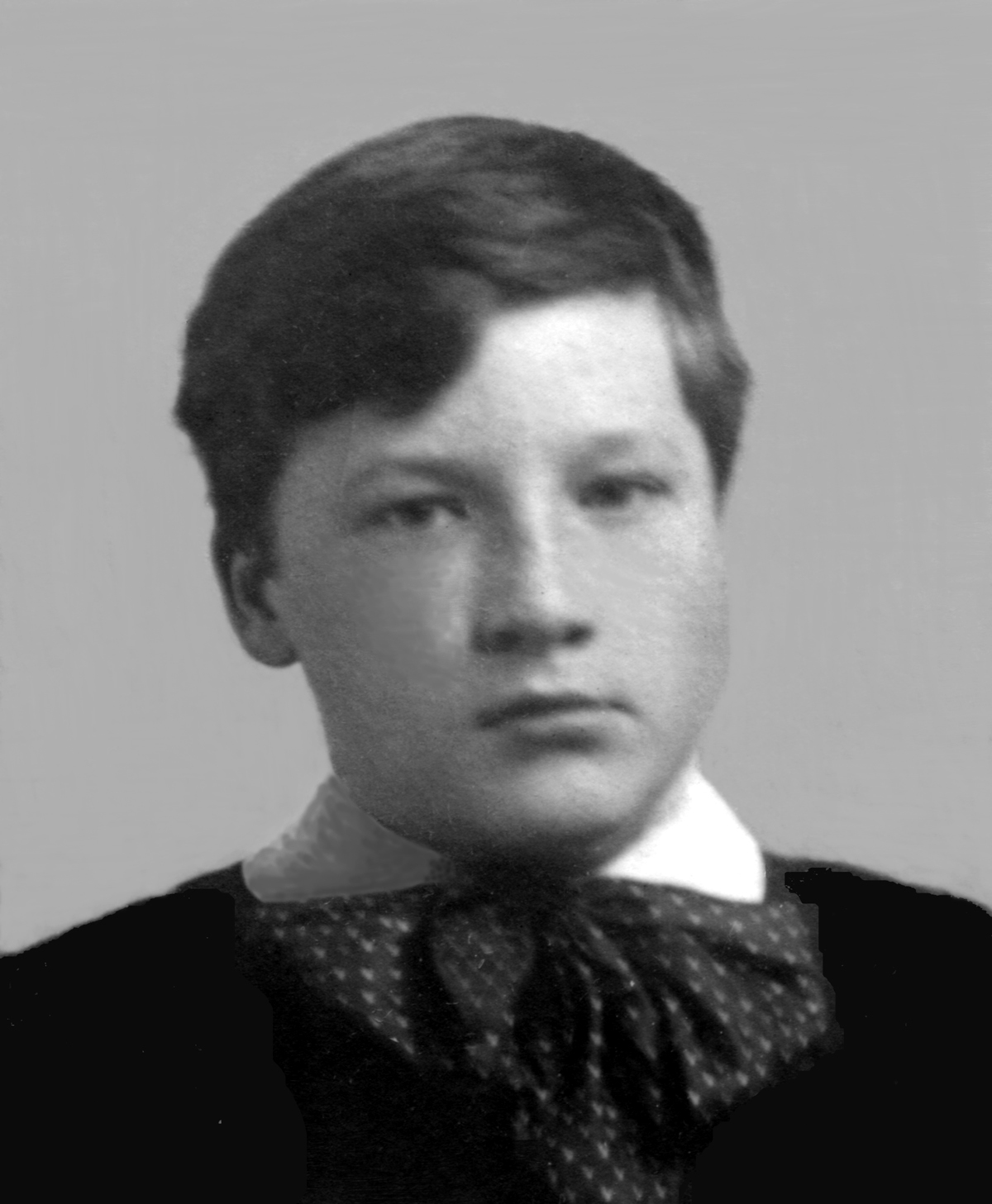
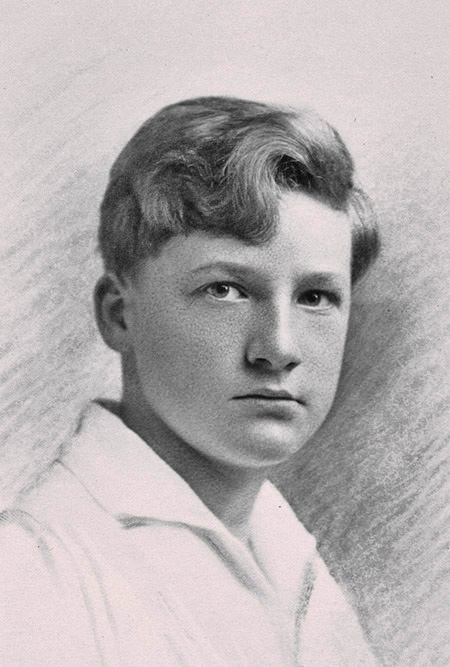 As he later reflected:
As he later reflected:"As my way of experiencing life had always been visual and I was lacking a verbal or practical talent, it seemed obvious to test my pent up creative urge on the visual arts, on sculpture and painting."
"The question as to how I became a painter can only be answered in connection with my particular way of experiencing life. For artistic creation is nothing else but a form of expressing the vital instinct seeking to affirm itself by means of creative activity."
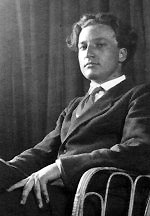
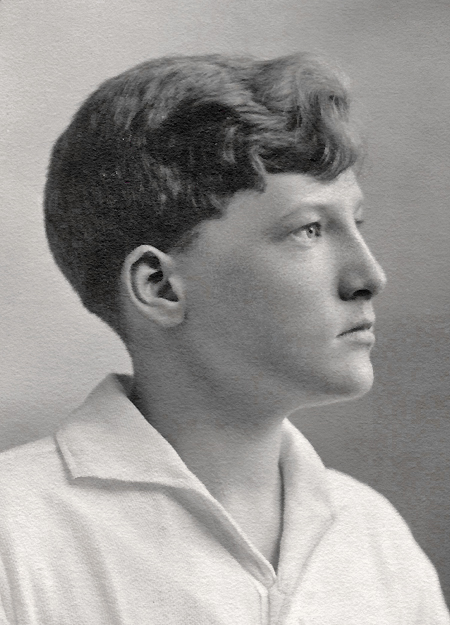 He went to a sculptor's workshop for practical work experience but soon realized that he preferred painting. Besides the usual apprentice pieces with bottles, jars and apples, he received portrait orders at an early stage. Already in the first year, at the age of 17, he had participated in a collective exhibition in the Kunsthaus Zürich (Museum of Fine Arts in Zurich) and two and three years later in galleries in Ticino (the Italian speaking part of Switzerland) and in Dusseldorf (Germany). We do not know how he managed this at such a young age, without training and without the technique he would have acquired much later. May it have occurred based on his promising performance and his own initiative? May the social connections of his parents have helped? He may also have convinced others by his personal intensity and earnestness.
He went to a sculptor's workshop for practical work experience but soon realized that he preferred painting. Besides the usual apprentice pieces with bottles, jars and apples, he received portrait orders at an early stage. Already in the first year, at the age of 17, he had participated in a collective exhibition in the Kunsthaus Zürich (Museum of Fine Arts in Zurich) and two and three years later in galleries in Ticino (the Italian speaking part of Switzerland) and in Dusseldorf (Germany). We do not know how he managed this at such a young age, without training and without the technique he would have acquired much later. May it have occurred based on his promising performance and his own initiative? May the social connections of his parents have helped? He may also have convinced others by his personal intensity and earnestness. 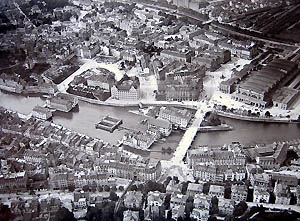
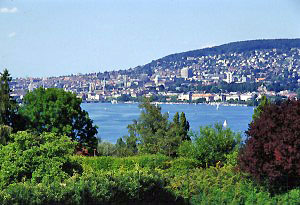
Later, when he possessed multiple skills, the doors of galleries were not as open to him. Once, the owner of a well-known gallery in Zurich frankly confessed to him:
"Your paintings are excellent but I cannot allow myself to show your paintings and therefore let the press spit on my belly. I would risk my gallery's reputation as modern".
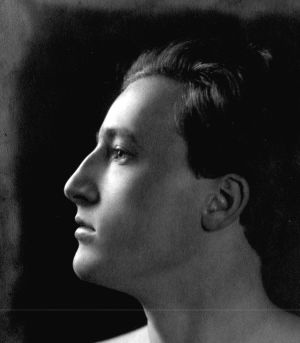 Egon von Vietinghoff:
Egon von Vietinghoff:"In the beginning, my desire to do great things in these arts was without limits: I modeled life-size groups in clay and had them cast in plaster; I designed giant figures extremely hard to place in the available rooms.
But I soon had to admit that my plastic and pictorial knowledge was not good enough to test my ideas on these objects and that I lacked the drawing skills needed as basis for both arts.
With ardent zeal, I now started drawing images of nature, working doggedly and for weeks on the curvature of an olive tree's trunk, tensed in the exact reproduction of the contours of a flower vase and thus lost the easy capacity of absorption and the distance from the object indispensable for any artistic activity."